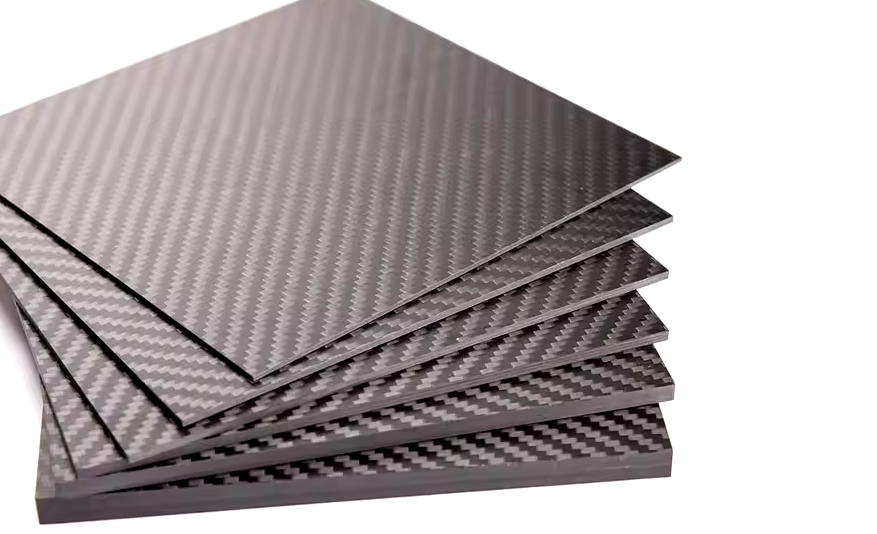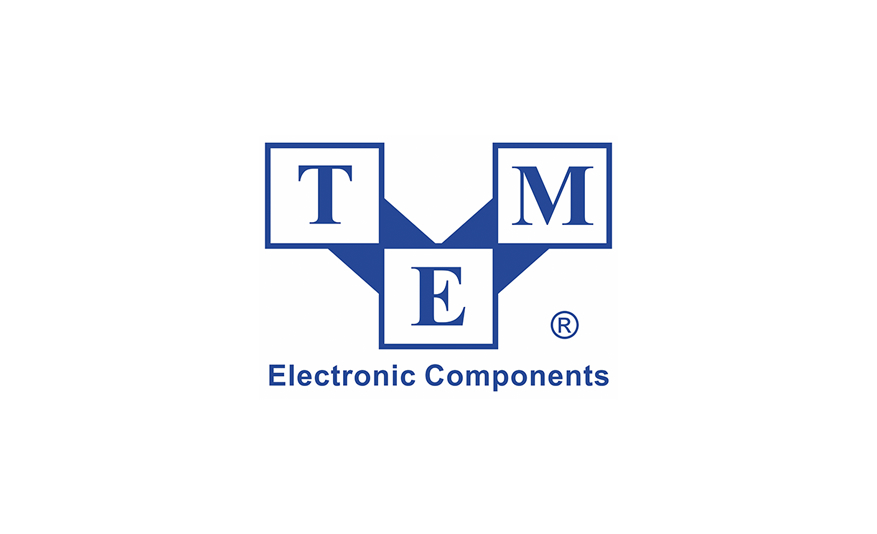Ansys Inc. and Taiwan Semiconductor Manufacturing Co. Ltd (TSMC) have expanded their collaboration to leverage AI for advancing 3D-IC design and develop next generation multiphysics solutions for a wider array of advanced semiconductor technologies.

Together, the companies developed new workflows to analyze 3D-IC, photonic, electromagnetic (EM), and radio frequency (RF) designs while achieving higher productivity. These capabilities are critical to creating the world’s leading semiconductor products for high-performance computing (HPC), AI, datacenter connectivity, and wireless telecommunication.
Creating the right 3D-IC design that optimizes thermal and electrical effects — such as channel profile — requires extensive, time-consuming design flows. To minimize this constraint, designers use Ansys optiSLang process integration and optimization software to quickly identify optimal design configurations through automation. By integrating optiSLang and Ansys RaptorX silicon-optimized EM solver for design analysis and modeling into the design process earlier, the solution reduced the number of EM simulations and demonstrated co-optimized channel design. This time savings delivers lower design costs and faster time-to-market.
Additionally, TSMC, Ansys, and Synopsys continue their long-standing collaboration to ensure the best technical solutions for their customers. Together, the companies developed an innovative AI-assisted RF migration flow by combining the RaptorX EM modeling engine with optiSLang that enables customers to automatically migrate analog circuits from one silicon process to another.
As TSMC advances 3D-IC packaging technologies, thermal and stress multiphysics analysis has become essential for ensuring the reliability of advanced multi-chip manufacturing. To address this need, TSMC is expanding its collaboration with Ansys RedHawk-SC Electrothermal thermal and multiphysics signoff platform for 3D-IC, incorporating mechanical stress analysis solutions to better support mutual customers’ requirements.
TSMC, Ansys, and Synopsys have developed an efficient flow to address multiphysics coupling challenges among timing, thermal, and power integrity. The flow, including Synopsys’ 3DIC Compiler exploration-to-signoff platform combined with Ansys solutions RedHawk-SC Electrothermal and Ansys RedHawk-SC, helps customers reduce design challenges, enhance power, performance, and area (PPA), and ensure the reliability of their designs.
Ansys and TSMC also continue to jointly support the latest version of 3Dblox, with a focus on implementing hierarchical support to address the continuous rise of 3D-IC complexity. The new features of 3Dblox provide modularity and flexibility to help 3D-IC designers shorten the design implementation and analysis cycle.
TSMC’s COUPE is a 3D-IC assembly that stacks electronic chips on top of photonic chips, connecting fiber optics directly to electronic systems. Ansys, Synopsys, and TSMC are working to jointly enable a COUPE design solution that links a broad range of physics capabilities. The innovative optics simulation flow integrates: Ansys Zemax OpticStudio and Ansys Lumerical FDTD to simulate photonic devices on sub-wavelength scale and microlens at millimeter scale; Ansys RedHawk-SC and Ansys Totem for simulating power delivery network and signal net tracing to ensure voltage drop remains within acceptable design margins and signals can tolerate design current between electrical control IC and photonic IC; RaptorX for modeling high-speed inter-chip connections in a multi-die package to accurately capture high-frequency signal behavior; and, RedHawk-SC Electrothermal for simulating critical photonic heat and device components and overall 3D stacking thermal integrity.
A16 enablement
TSMC recently announced an advanced, new silicon process A16 that includes innovative backside power contact technology and backside power delivery. While this makes it suitable for AI and HPC applications, thermal management becomes an important reliability consideration. To address this, TSMC and Ansys are collaborating to enable RedHawk-SC Electrothermal to provide accurate thermal analysis.
Moreover, TSMC collaborates with Ansys to enable power integrity and reliability technology with Redhawk-SC and Totem. Overall, the solutions will help designers improve performance, enhance power efficiency, and ensure an optimal and reliable design.
“Our advanced process and 3DFabric technologies have made huge strides in enabling more powerful and energy-efficient chips to tackle the ever-increasing computational demands of AI applications, but this also requires design tools that have a deep understanding of complex multi-physics interactions. The collaboration with our Open Innovation Platform (OIP) ecosystem partners like Ansys gives our mutual customers reliable access to a very broad range of proven analysis capabilities to deliver reliable solutions for their business needs,” said Dan Kochpatcharin, head of Ecosystem and Alliance Management Division at TSMC.
“Just as semiconductors have a wide range of applications, the Ansys multiphysics platform offers an equally broad range of reliable technical solutions. Whether this be thermal, mechanical, electromagnetic, or a combination of different physics, we strive to ensure that our customers are well equipped with the strongest analysis tools to stay ahead of the curve. The continued collaborations with TSMC and Synopsys are a testament to our understanding of customer needs and how precise, predictively accurate simulation can help them deliver the most powerful products,” said John Lee, vice president and general manager of the semiconductor, electronics, and optics business unit at Ansys.



















































